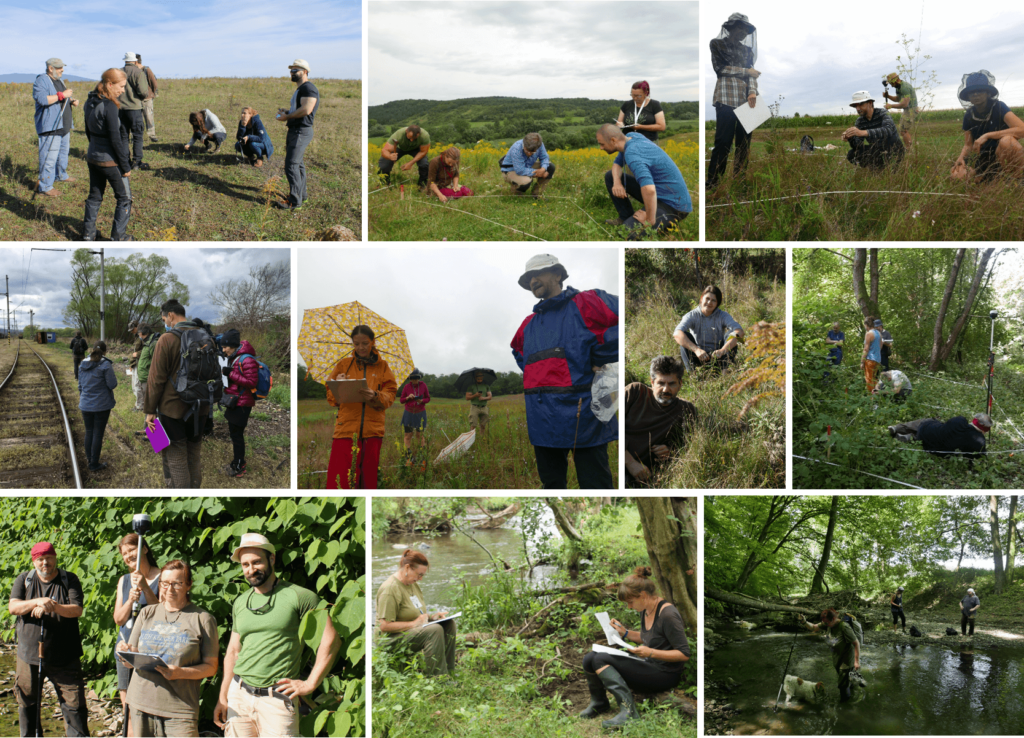Research Interest
Human-facilitated biological invasions represent a crucial environmental problem, causing fundamental changes in ecosystems that affect many aspects of life on Earth. Our research group focuses on establishing and spreading non-native and invasive species in Slovakia, their ecological requirements, and their potential dispersal and expansion. We assess the dynamics of the spread of non-native species along the corridors (rivers, roads and railways) and the impact of invasive species on biodiversity and ecosystem processes in (semi) natural habitats. The biosystematic, chorological and ecological case studies focusing on individual alien species (genera Fallopia and Solidago) provide a key source of information necessary to identify species-specific mechanisms leading to a successful invasion. Additionally, our team focuses on the diversity of non-native plants and molluscs in urban and rural ecosystems and on identifying environmental factors influencing their establishment.

Methods we use
An effective response to invasive species requires a systemic and cross-disciplinary approach—from DNA to communities and ecosystems. Experimental approaches, genetic analyses and field surveys are combined with data on historical aspects of invasions.
We use:
- genetic analyses (ITS, RAD sequencing) to study the origin, relationships, and population genetics of invasive taxa,

- karyological (chromosome counting, flow cytometry) and morphometric analyses to study their variation in the invaded range,

- analyses of pollen fertility, seed set, germination and growth characteristics, and genome size of seeds and seedlings to unravel the reproduction potential and fitness of invasive hybrids and polyploids,

- field vegetation and soil data, climatic and landscape data obtained primary from GIS layers to reveal the ecological preferences and current and potential distribution of selected invasive taxa,

- analyses of vegetation and mollusc diversity and composition to monitor the distribution and dynamics of non-native and invasive species in urban and rural ecosystems, along corridors and in (semi) natural grasslands in various spatial scales,

- in addition to vegetation cover, analyses of the composition of the seed bank, soil properties, and soil microbial and fungi diversity to assess the impact of invasive plants on biodiversity and ecosystem processes.

We are involved in the pan-European initiative to use image-based methods and artificial intelligence to automate the monitoring of invasive organisms. In cooperation with the State Nature Conservancy of the Slovak Republic, we apply our results to protecting native European flora and habitats.

Visions
We aim to use an integrative approach and different species as models to investigate how non-native species behave and affect the invaded environments more specifically:
1. explore the changing spatial and temporal patterns of non-native species occurrence
2. unravel the impacts of invasive species on the ecology and genetics of native species and ecosystems
3. provide evidence-based recommendations and expertise for policy-making institutions for the early detection, control and management of invasive species
4. participate in the development of scalable methods using novel technologies for monitoring invasive alien species


